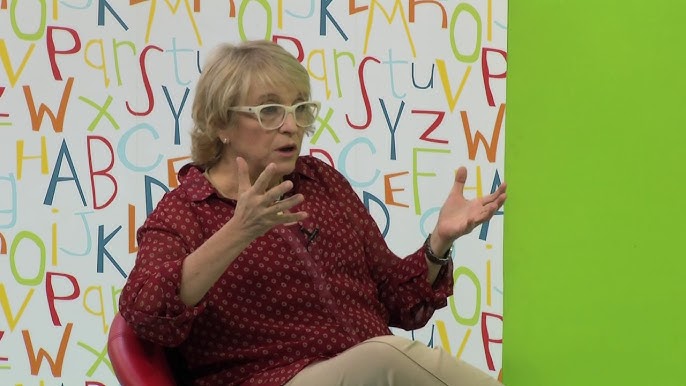In the looming shadow of youth exploitation and enslavement within gangs, Uruguayan child and adolescent psychiatrist Susana Grunbaum emerges as a beacon of hope and advocacy. Grunbaum, a consultant for UNICEF and President of the Ibero-American, Italian, and Caribbean Confederation of Adolescence and Youth (Codajic), is poised to offer her expertise at the upcoming International Congress on Adolescence and Youth.
The Alarming Trend of Youth Involvement in Gangs
Costa Rica, among other regions, has witnessed a distressing trend: the rising involvement of its youth in gang activities, often leading to their direct or collateral victimization. This phenomenon is a crucial area of focus for Grunbaum, who has dedicated her career to promoting public policies aimed at mitigating risks to young populations and protecting their mental health.
The Impact of Pandemic on Youth Mental Health
Grunbaum points out the intensification of mental health issues among adolescents and young people during the pandemic. Key determinants like family environment, neighborhood dynamics, access to education, and health services have been exacerbated, leading to increased violence, including domestic and gang-related.
“Youth escaping violent homes became more prevalent during the pandemic,” Grunbaum notes. “Many families faced unemployment, illness, grief, and death, while adolescents lost critical peer contact, essential for their developmental phase.”
The Educational ‘Blackout’ in Costa Rica
Referring to the 150 million adolescents worldwide deprived of education since 2020, Grunbaum stresses the significance of educational and affective contacts, particularly in adolescence. “The absence of schooling goes beyond cognitive learning; it’s about emotional connections and self-discovery,” she explains.
Adolescents in Narco Gangs: A Critical Concern
In Costa Rica, the bond with peers is increasingly happening within narco groups. Grunbaum acknowledges this shift as a concerning development. “These adolescents, exploited and enslaved by gangs, are essentially cut off from nurturing developmental avenues like education, friendships, and positive outlets for aggression,” she explains.
“Joining such violent groups is an unfortunate means of gaining recognition, albeit in a harmful way. It’s imperative to discuss emergency measures to rescue these youths.”
Is There Still Time to Act?
Grunbaum remains optimistic. “There’s always time to intervene, but it requires sustained, systemic efforts across multiple sectors. It’s not just a task for mental health professionals or educators; it involves everyone. We must invest proportionally to what these youths have lacked, understanding that no one chooses to be in such situations.”
The Vision for Change
The upcoming congress aims to culminate in an intersectoral alliance pact, influencing policy across countries to support adolescent and young adult well-being. “Adolescence is a second chance,” Grunbaum asserts. “We can rescue these youths, but it requires commitment, investment, and a collective effort.”
A Collective Mission
Susana Grunbaum’s insights and efforts underscore the urgent need for comprehensive strategies to address the multifaceted challenges facing today’s youth. The upcoming congress presents an opportunity to unify various sectors in a commitment to transform the lives of young people entangled in gang violence and exploitation.


1 comment
[…] Source link […]